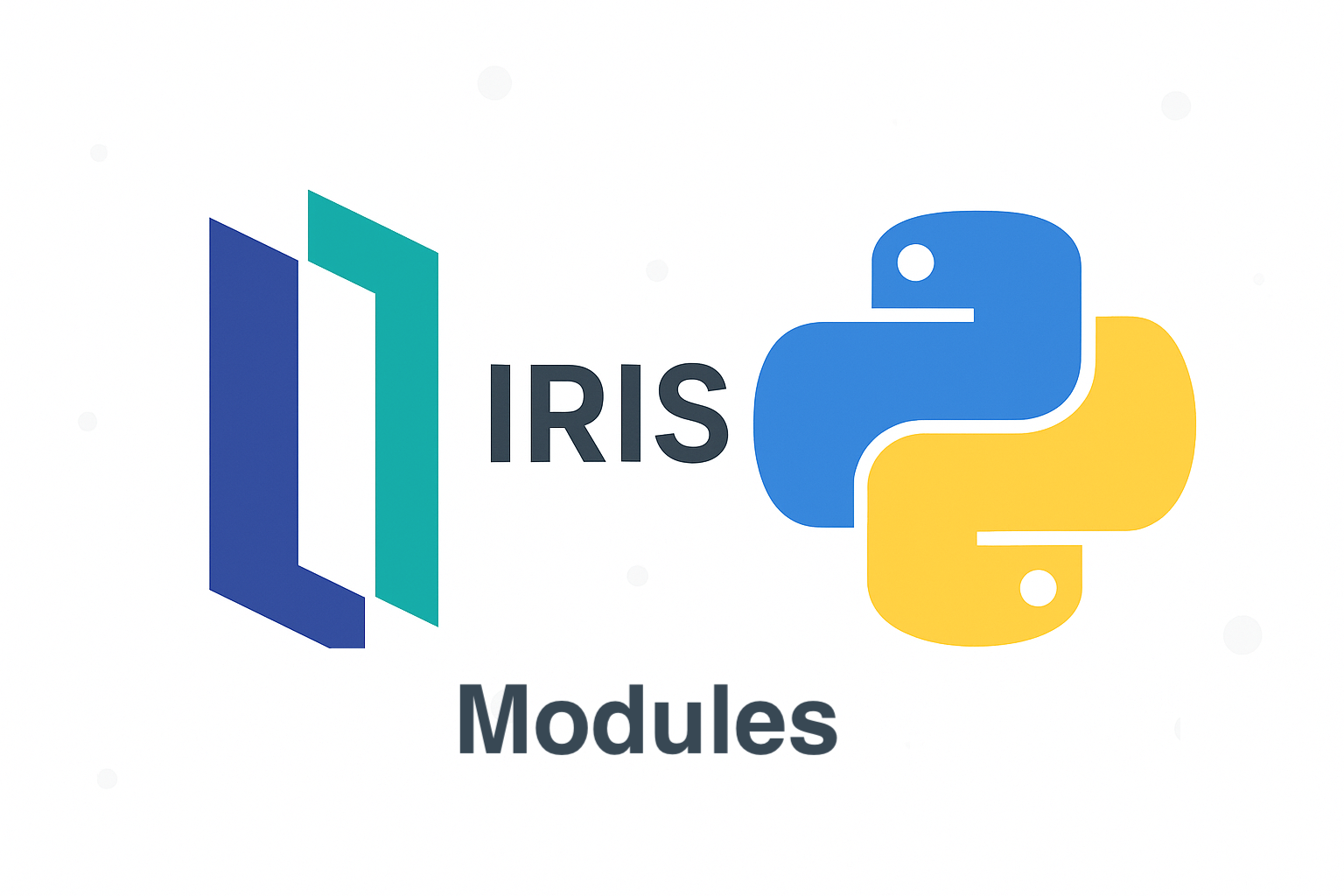We encountered difficulties while attempting to establish a JDBC connection to Intersystems using AZURE Databricks, resulting in an inability to retrieve data. The JDBC version utilized was intersystems-jdbc-3.3.1.jar. If anyone has successfully employed Databricks for establishing a connection, we would appreciate information regarding the libraries you used
InterSystems Developer Community is a community of
25,600 amazing developers
We're a place where InterSystems IRIS programmers learn and share, stay up-to-date, grow together and have fun!

(1).jpg)
.png)
